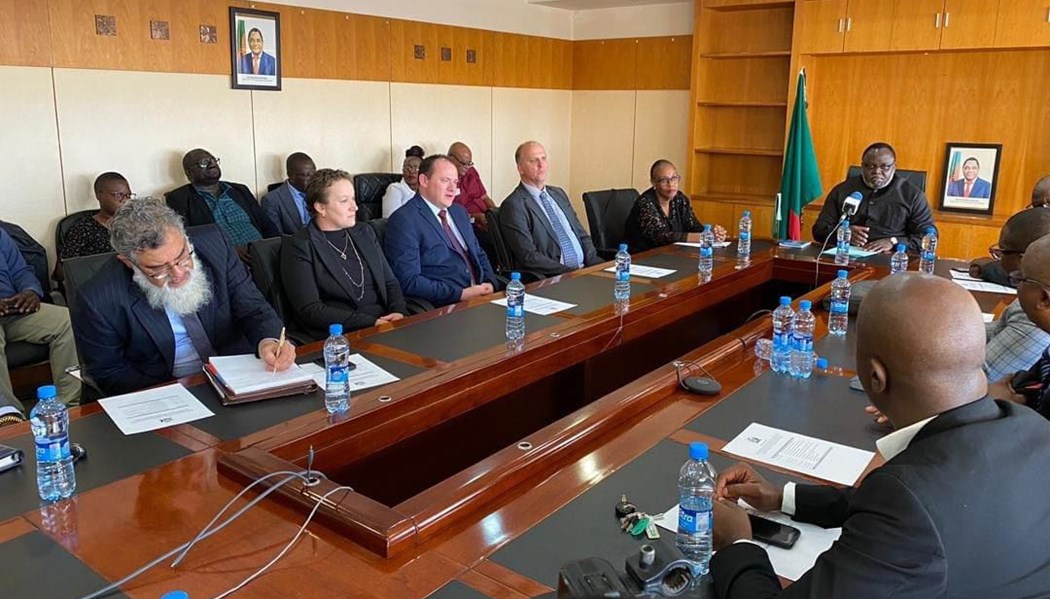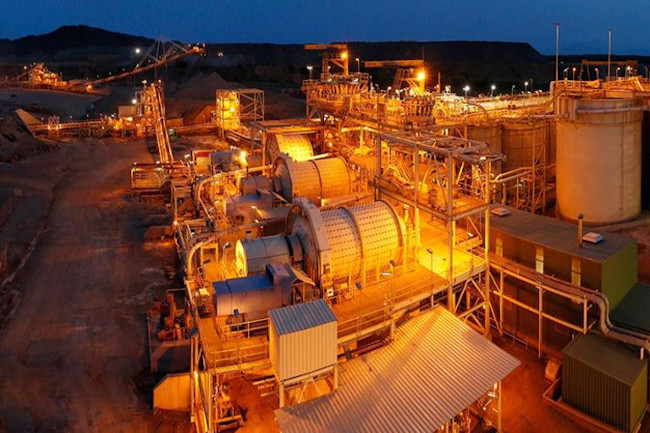Other

Mining production bounces back in August 2024

In terms of individual commodities, production of platinum group metals, or PGMs (+9.9% m-o-m), copper (+44.9%) and nickel (+32.1%) were the major contributors to the overall monthly increase. On the downside, diamond production declined by 22.9% m-o-m, while gold was down by 2.9%. Although it has been very volatile in recent months, the sharp rise in copper production in August is of particular interest. Although it does not fully account for the rise, August 2024 was the first time since 1983 that copper was mined from the Rietberg copper mine in the Northern Cape. In the next several years, the re-emergence of copper mining in the Northern Cape should provide a sustained boost to South Africa's copper production.
Despite the robust increase in overall mining production in August, and even assuming output remains at the higher level in September, mining output is set for a third consecutive quarterly decline in Q3 2024. As in the first and the second quarter of the year, this means a that the mining sector will again detract from real GDP growth in the third quarter.
Given the monthly production volatility, and in some sense also the quarterly gyrations, it is prudent to look at the mining output trends over a longer period. This indicates that in the first eight months of 2024, total real mining production increased by 0.3% year-on-year. This follows contractions of 7.2% in 2022 and 0.2% during 2023. At this stage, mining output is expected to increase by around 0.5% in 2024. Albeit modest, this would be the first increase for an entire calendar year since the post-lockdown bounce in 2021.
Regarding the annual increases of the individual commodities in August, some of the recent trends continued. This meant that relative to August 2023, chrome (+24.8%) and manganese (+26.643/0) production were up strongly. Somewhat surprising was that PGMs output was also up (+4.7%), while gold (-4.6%) and diamonds (-6.8%) were down. Annual coal production was relatively flat. The decline in gold output is disappointing as it comes against a backdrop where the nominal gold price was on average 29% higher in August 2024 than in the corresponding month in 2023.
Moving to mineral sales (measured in nominal terms), Stats SA reported a stark decline of 9.9% y-o-y. This was driven by a plunge in gold sales (-80.5%). Given the elevated gold price, this is perplexing, although it does talk to the detrimental impact of lower gold production on sales. As with production, sales of chrome and manganese remain well above last year's levels. However, manganese and chrome prices have softened in recent weeks. If sustained, this should start to weigh on sales income from these stalwarts.
Bottom line: Despite a welcome rise in August, total real mining production is set to decline for a third consecutive quarter in Q3 2024. In terms of the full year 2024 numbers, we are looking for modest growth of around 0.5%. Globally, recent and forthcoming policy interest rate reductions from major central banks should support precious metal prices. On the PGMs front, growing evidence of slowing electric vehicle sales as consumers switch to plug-in hybrids should also assist in some price recovery. On the bulk commodities, the recent large stimulus measures in China, including support for the ailing property sector, may provide some demand underpin for iron ore in the closing months of the year, and into 2025.
Domestically, the focus has quickly shifted from the availability of electricity to affordability. This is as the near-term (summer) outlook for mining load-curtailment remains positive and Eskom's untenable (proposed) electricity tariff hike of more than 36% looms large over the sector. On the logistics front, while there has been progress to improve rail and port efficiencies, it has been inconsistent across the major commodity corridors. Therefore, we welcome the pressure that new Transport Minister Barbara Creecy has reportedly put on Transnet for more ambitious and stretched turnaround targets.












